Home>Technology>Security & Surveillance>How To Pick Old Door Lock
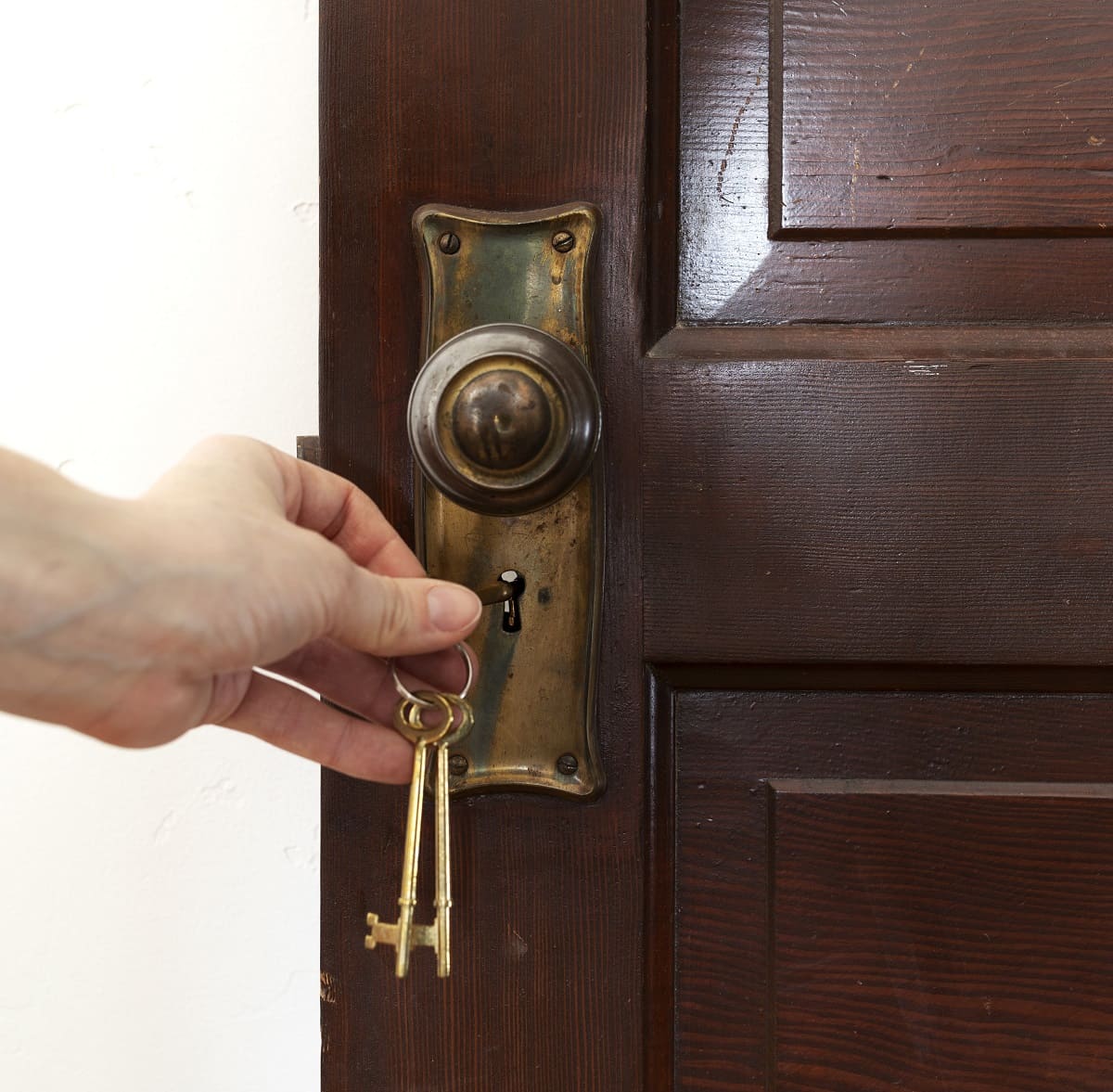

Security & Surveillance
How To Pick Old Door Lock
Modified: April 22, 2024
Learn how to pick an old door lock for security and surveillance purposes with our expert tips and techniques. Ensure the safety of your property with our comprehensive guide. Unlock the knowledge now!
(Many of the links in this article redirect to a specific reviewed product. Your purchase of these products through affiliate links helps to generate commission for Storables.com, at no extra cost. Learn more)
Introduction
Welcome to the intriguing world of old door locks! As we delve into the art of picking these vintage security mechanisms, we embark on a journey through time, exploring the craftsmanship and ingenuity of a bygone era. Old door locks possess a unique charm, a tangible link to history, and a sense of mystery that beckons us to unravel their secrets.
In this comprehensive guide, we will unravel the enigma of old door locks, equipping you with the knowledge and skills to navigate the intricate mechanisms of these time-honored guardians of privacy and security. Whether you are a history enthusiast, a locksmithing aficionado, or simply intrigued by the allure of vintage technology, this guide is tailored to pique your interest and expand your expertise.
Join us as we uncover the inner workings of these fascinating relics, gaining a profound understanding of their mechanisms, the tools required for their manipulation, and the step-by-step process of picking them. As we embark on this exploration, you will gain a newfound appreciation for the craftsmanship and complexity of old door locks, while acquiring practical skills that resonate with the timeless art of locksmithing.
So, fasten your seatbelt, sharpen your wits, and prepare to unlock the secrets of old door locks in a journey that seamlessly intertwines history, technology, and the thrill of unraveling age-old mysteries. Let's embark on this captivating expedition and unearth the hidden treasures of vintage security!
Key Takeaways:
- Unravel the Mysteries of Old Door Locks
Discover the captivating world of vintage locks, from their intricate designs to the historical context that shaped their evolution. Gain a deep appreciation for the craftsmanship and ingenuity of bygone eras. - Master the Art of Lock Picking
Equip yourself with specialized tools and step-by-step techniques to navigate the inner workings of old door locks. Approach this historical pursuit with precision, patience, and a profound respect for the integrity of these timeless artifacts.
Read more: How To Pick A Door Lock
Understanding Old Door Locks
Before we embark on the art of picking old door locks, it is essential to grasp the fundamental principles underlying these vintage security mechanisms. Old door locks come in a myriad of designs, each bearing the hallmarks of the era in which it was crafted. From the intricate lever locks of the 17th century to the ornate mortise locks of the Victorian era, these locks reflect the artistry and engineering prowess of their time.
One of the most common types of old door locks is the mortise lock, which is characterized by its robust construction and intricate internal components. These locks are typically housed within the door, presenting a sturdy and secure means of safeguarding the entry to a room or building. Lever locks, on the other hand, utilize a set of levers to prevent the bolt from moving, requiring careful manipulation to coax them open.
Understanding the inner workings of these locks involves delving into the mechanisms that govern their operation. From the positioning of tumblers and levers to the alignment of key pins, every element plays a pivotal role in ensuring the security of the lock. Moreover, the materials used in crafting these locks, such as brass, steel, and iron, contribute to their durability and resilience.
Furthermore, the evolution of old door locks mirrors the advancements in security technology throughout history. As society’s needs and challenges evolved, so did the mechanisms designed to protect against unauthorized entry. By delving into the historical context surrounding these locks, we gain insight into the societal values, technological capabilities, and security concerns that shaped their development.
By comprehending the nuances of old door locks, we gain a profound appreciation for the artistry and craftsmanship embedded within these timeless artifacts. Their intricate designs, durable construction, and historical significance converge to form a tapestry of security and ingenuity that continues to captivate enthusiasts and historians alike.
Tools Needed for Picking Old Door Locks
Embarking on the endeavor of picking old door locks requires a specialized set of tools tailored to the unique mechanisms and configurations of vintage locks. These tools, each serving a distinct purpose, enable locksmiths and enthusiasts to manipulate the intricate components of old locks with precision and finesse. Let’s explore the essential tools necessary for this captivating pursuit:
- Lock Picks: A diverse array of lock picks, including hook picks, rake picks, and diamond picks, are indispensable for navigating the internal components of old door locks. Each type of pick serves a specific function, allowing for versatile and nuanced manipulation of the lock’s mechanisms.
- Tension Wrench: The tension wrench, also known as a torque wrench, is essential for applying rotational pressure to the lock cylinder while picking the pins or levers. This tool enables the picker to maintain tension on the lock, allowing for the manipulation of internal components.
- Key Extractor: In cases where a key has broken off inside the lock, a key extractor facilitates the safe removal of the broken key fragment, restoring the lock to a functional state.
- Plug Spinner: A plug spinner is utilized to swiftly rotate the lock’s plug after successfully picking the pins or levers, allowing for expedited unlocking of the door.
- Lock Picking Gun: This specialized tool provides a rapid, repetitive striking motion to the lock pins, offering an alternative method for manipulating the lock’s internal components.
- Decoding Tools: Decoding tools, such as lock impressioning tools and key gauges, aid in deciphering the internal configuration of the lock, enabling the creation of a working key or understanding the lock’s inner workings.
These tools, when wielded with skill and precision, empower enthusiasts and locksmiths to navigate the intricate mechanisms of old door locks, unlocking a world of historical intrigue and technical mastery. As we equip ourselves with these specialized implements, we prepare to embark on a journey that seamlessly intertwines history, technology, and the art of locksmithing.
Look for signs of wear and tear on the lock, such as rust or loose parts. Use a lubricant like WD-40 to loosen up any stuck components before attempting to pick the lock.
Step-by-Step Guide to Picking Old Door Locks
Embarking on the endeavor of picking old door locks is an art that demands patience, precision, and a keen understanding of the lock’s inner workings. As we navigate the intricate mechanisms of vintage locks, it is essential to approach the process methodically, leveraging specialized tools and techniques to coax open these time-honored guardians of security. Let’s delve into a step-by-step guide that unravels the art of picking old door locks:
- Assess the Lock: Begin by carefully examining the lock, noting its type, design, and any visible irregularities. Understanding the specific features of the lock will inform your approach and choice of tools.
- Select the Appropriate Tools: Choose the lock picks, tension wrench, and any additional tools based on the lock’s design and your assessment of its internal mechanisms.
- Apply Tension: Insert the tension wrench into the keyway and apply slight rotational pressure in the direction that the key would turn. Maintain consistent but gentle tension throughout the picking process.
- Manipulate the Pins or Levers: Utilize the selected lock pick to carefully manipulate the pins or levers within the lock, aiming to set them at the shear line to enable the plug to rotate freely.
- Feel for Feedback: As you manipulate the pins or levers, pay close attention to tactile feedback and subtle clicks, which indicate successful alignment and setting of the internal components.
- Rotate the Plug: Once the pins or levers are successfully aligned, use the tension wrench to gently rotate the plug, simulating the action of a key turning in the lock.
- Open the Lock: With precise manipulation and steady tension, the lock should yield, allowing the plug to rotate fully and the lock to open, granting access to the secured space.
It is crucial to approach the process of picking old door locks with finesse and attentiveness, as each lock presents its own set of challenges and intricacies. By adhering to this step-by-step guide and honing your skills through practice, you will unravel the mysteries of vintage locks, gaining a profound appreciation for their craftsmanship and historical significance.
Common Mistakes to Avoid
As we immerse ourselves in the captivating art of picking old door locks, it is imperative to be mindful of common pitfalls that may impede our progress and compromise the integrity of the locks. By steering clear of these mistakes, we can approach the task with precision and respect for these historical artifacts, ensuring a gratifying and ethical pursuit. Let’s explore the common mistakes to avoid when engaging in the art of picking old door locks:
- Excessive Force: Applying excessive force to the lock or the picking tools can lead to damage or irreparable harm to the delicate internal components of the lock. Precision and finesse are paramount in this endeavor.
- Insufficient Patience: Rushing the picking process without attentiveness to feedback from the lock can result in missed opportunities to set the pins or levers correctly. Patience is key to successful lock manipulation.
- Using Incorrect Tools: Utilizing inappropriate or ill-fitting tools for a specific lock can not only impede progress but also pose the risk of damaging the lock’s mechanisms. Selecting the right tools for the job is essential.
- Disregarding Lock Integrity: Failing to respect the integrity of the lock and its historical significance may lead to irreversible damage. It is crucial to approach the task with a mindset of preservation and appreciation for these vintage security devices.
- Overlooking Legal Considerations: Engaging in lock picking should always be within the bounds of the law and ethical guidelines. It is essential to be aware of and adhere to legal regulations and ethical standards governing the practice of lock picking.
- Neglecting Skill Development: Picking old door locks is a skill that requires practice, refinement, and a deep understanding of the mechanisms involved. Neglecting the cultivation of this skill may lead to frustration and suboptimal results.
By steering clear of these common mistakes and approaching the art of picking old door locks with mindfulness and respect, we can elevate our pursuit into a gratifying and enriching endeavor. With a commitment to precision, ethical conduct, and appreciation for the historical significance of these locks, we embark on a journey that harmonizes technical mastery with a profound reverence for the past.
Read more: How To Pick A Lock On A Front Door
Conclusion
As we draw the curtains on our exploration of the art of picking old door locks, we emerge with a newfound appreciation for the craftsmanship, history, and technical intricacies embodied in these vintage security mechanisms. Our journey has transcended the realm of mere locksmithing, transcending into a captivating fusion of historical discovery, technical acumen, and ethical reverence for these time-honored artifacts.
Through our understanding of old door locks, we have unearthed the rich tapestry of security technology, spanning centuries and reflecting the ingenuity of generations past. The evolution of lock designs, materials, and mechanisms mirrors the societal values, technological capabilities, and security imperatives of their respective eras, offering us a unique lens through which to view history.
Equipped with the essential tools and a step-by-step guide to picking old door locks, we have unraveled the enigma of these vintage locks, honing our skills and deepening our understanding of their inner workings. Our journey has been underscored by a commitment to precision, patience, and a profound respect for the historical significance of these locks.
By recognizing and steering clear of common mistakes, we have embraced the ethical dimensions of lock picking, ensuring that our pursuit is characterized by preservation, mindfulness, and adherence to legal and ethical standards. Our reverence for the integrity and historical value of these locks has elevated our engagement with this art into a gratifying and enriching endeavor.
As we conclude this enthralling expedition, we carry with us a legacy of technical mastery, historical insight, and an enduring fascination with the timeless allure of vintage security. Whether you are a seasoned locksmith, a history enthusiast, or a curious explorer of the past, the art of picking old door locks beckons with its blend of artistry, history, and technical prowess, inviting us to unlock the secrets of a bygone era and embark on a journey that transcends time itself.
Frequently Asked Questions about How To Pick Old Door Lock
Was this page helpful?
At Storables.com, we guarantee accurate and reliable information. Our content, validated by Expert Board Contributors, is crafted following stringent Editorial Policies. We're committed to providing you with well-researched, expert-backed insights for all your informational needs.
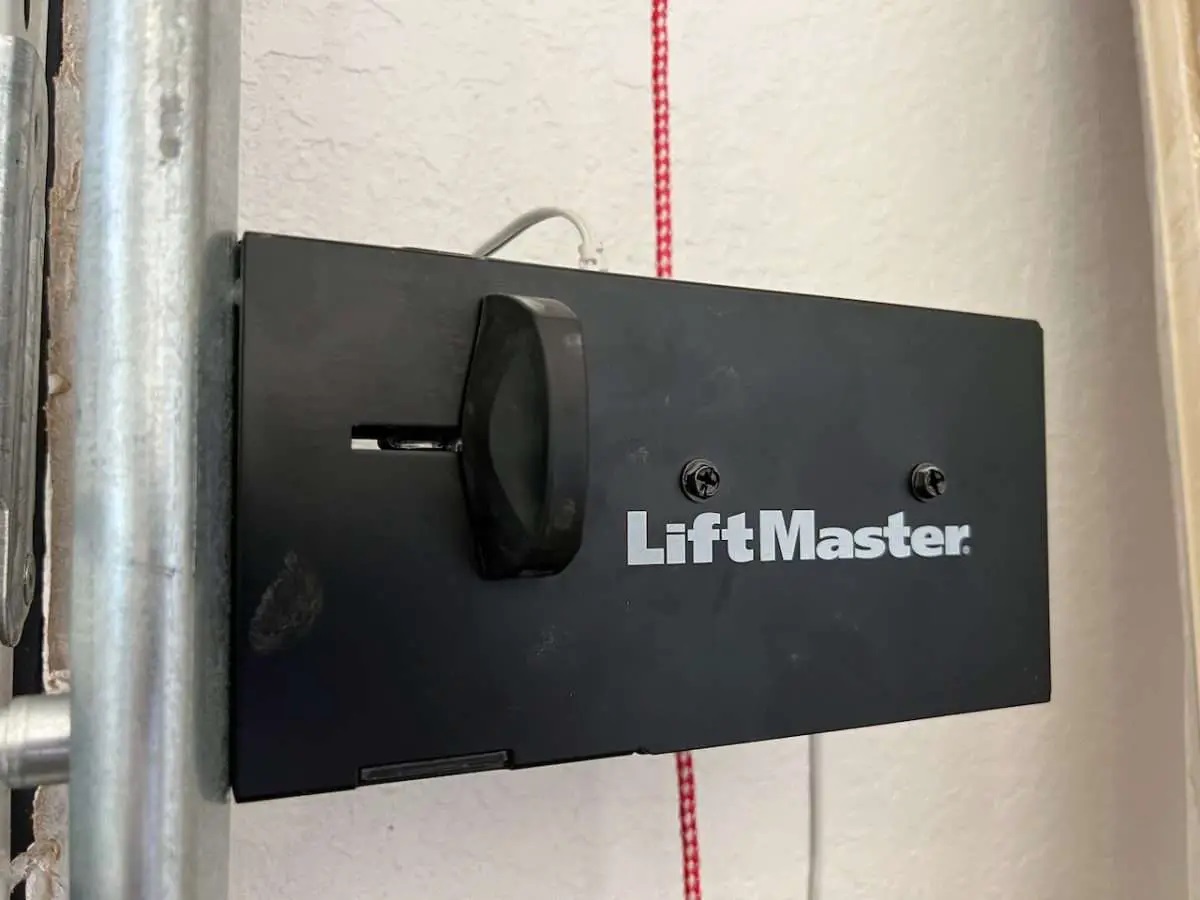
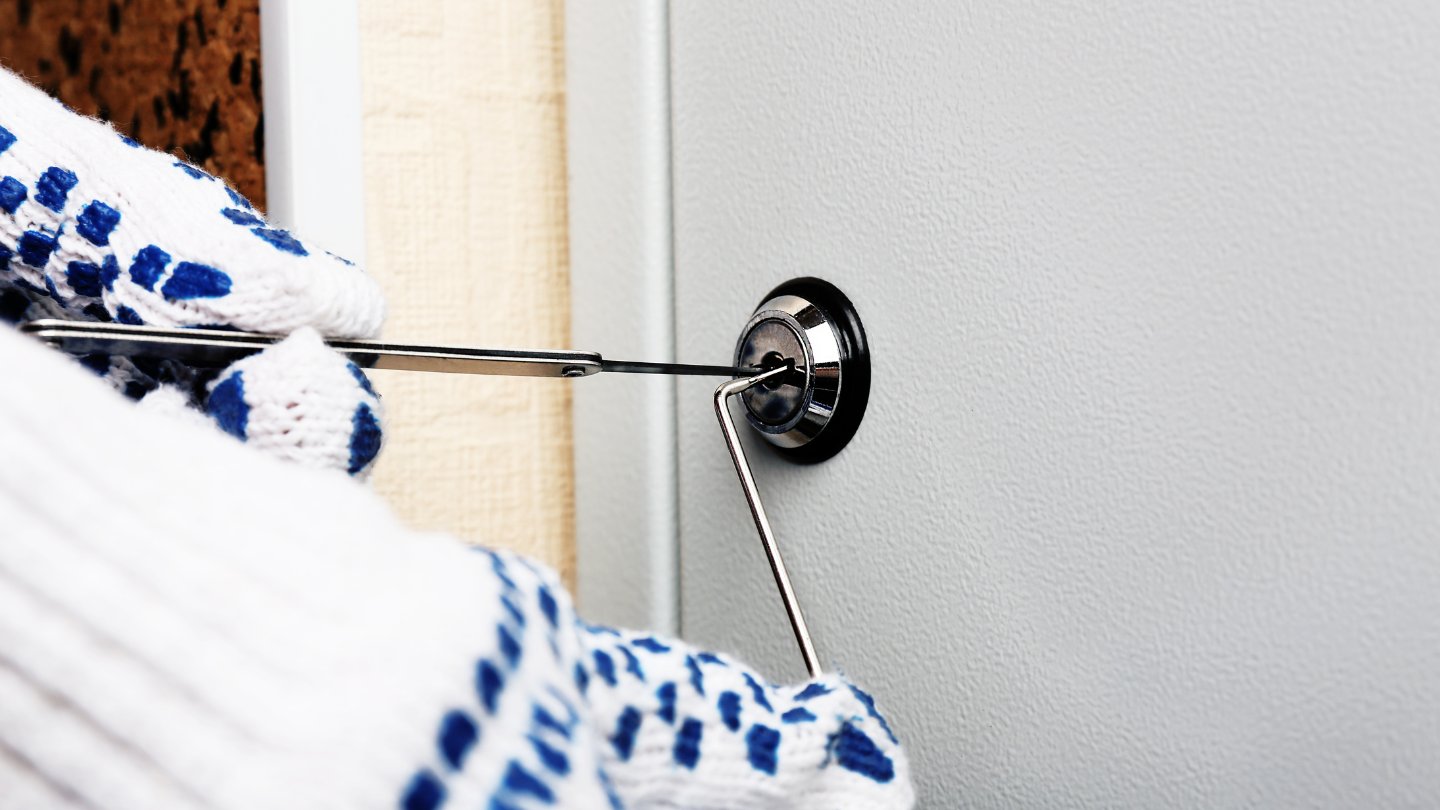
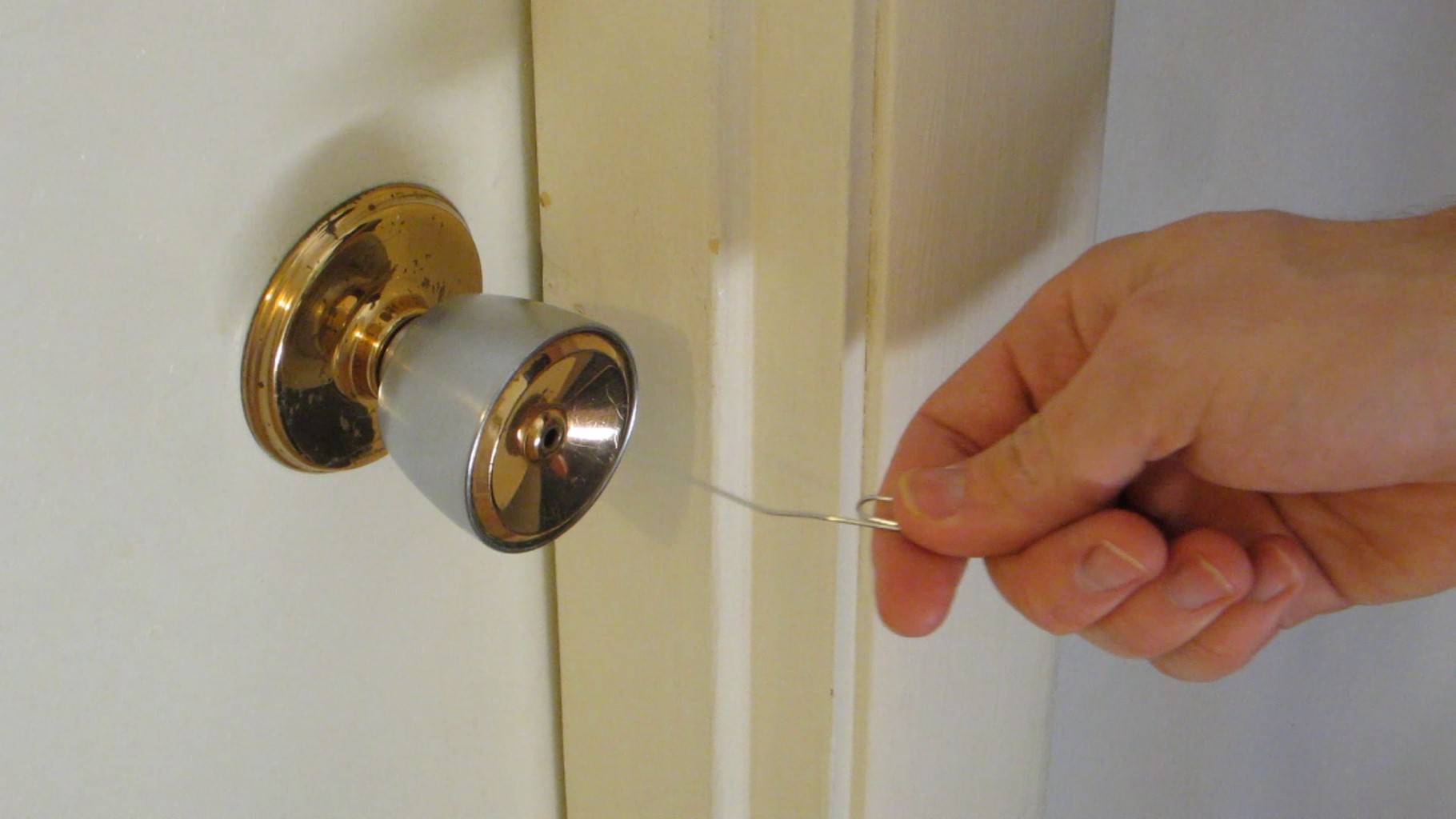
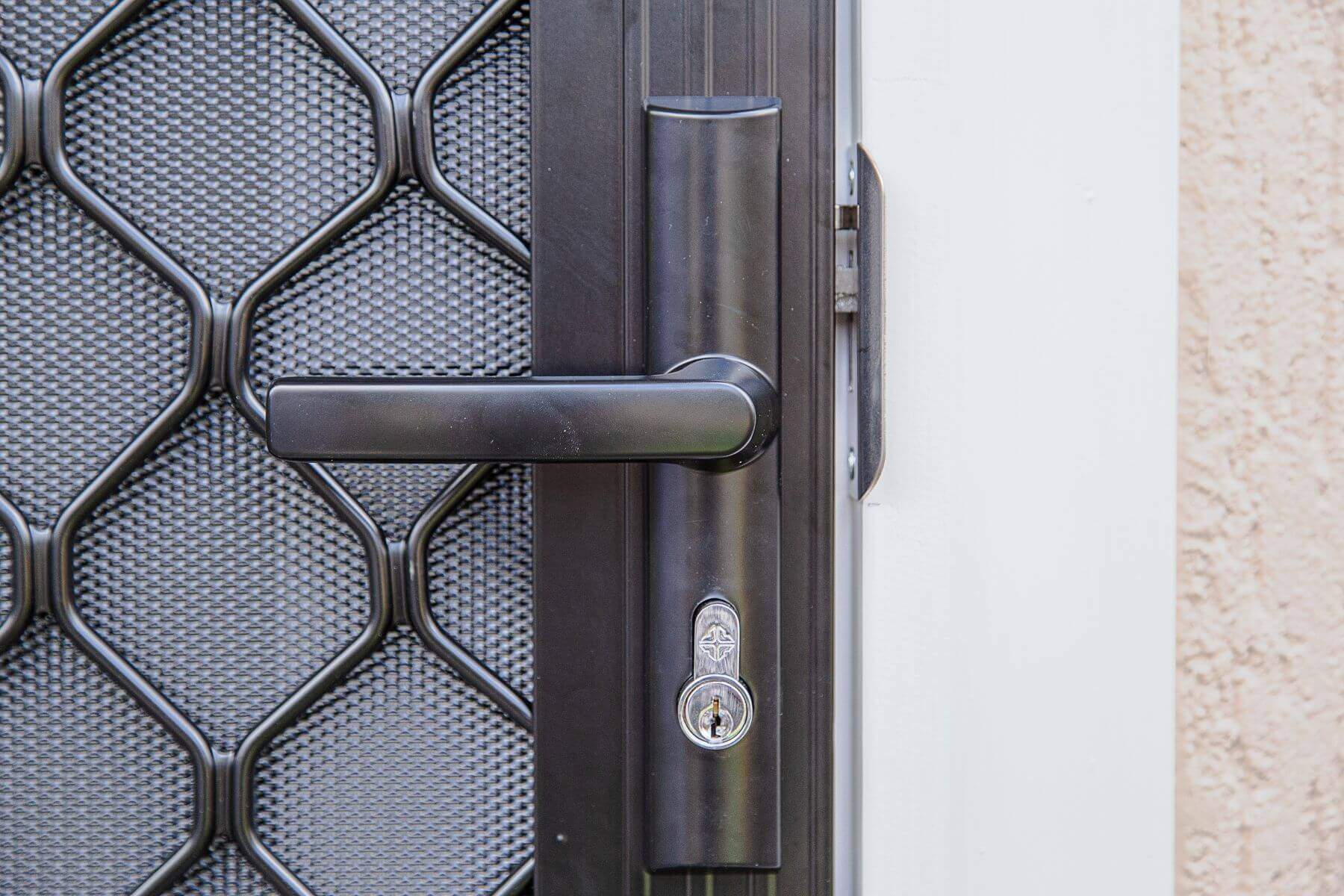
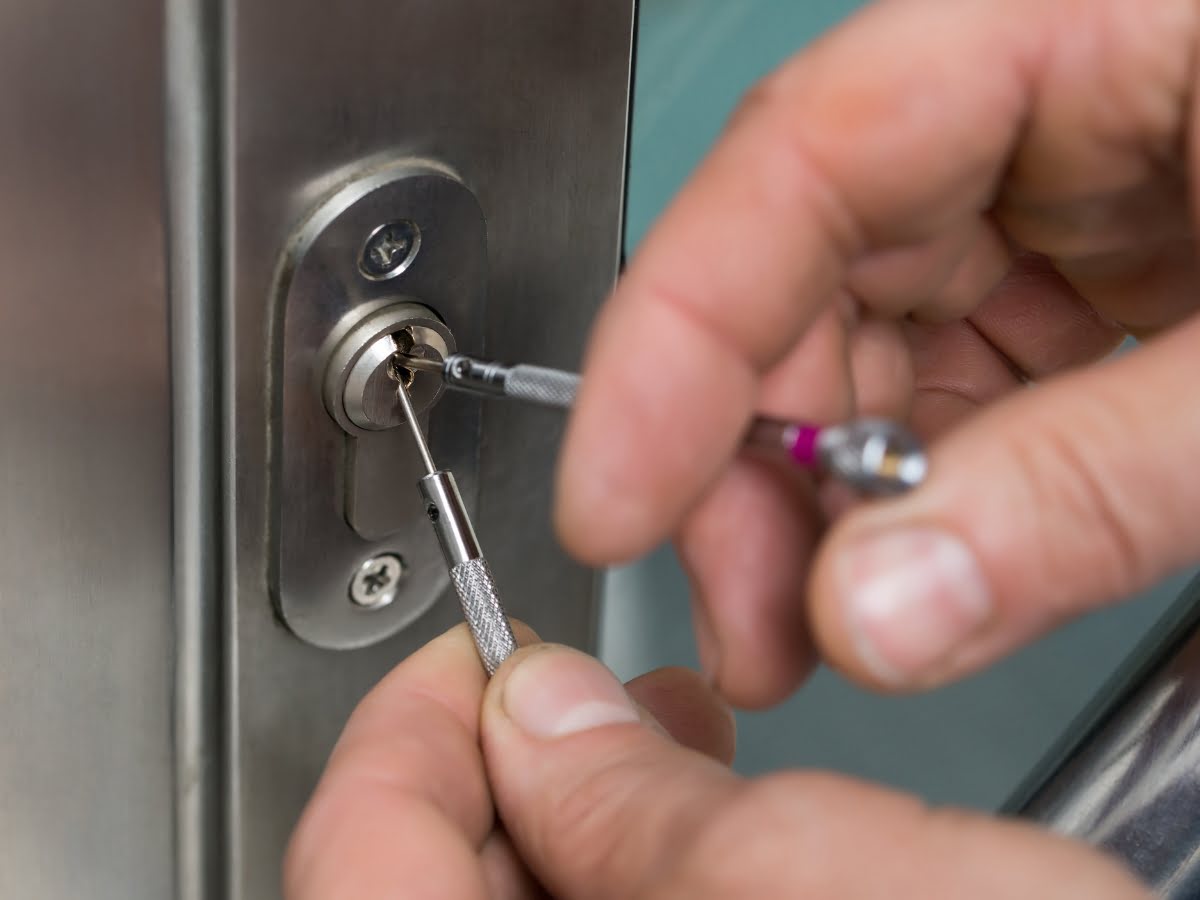
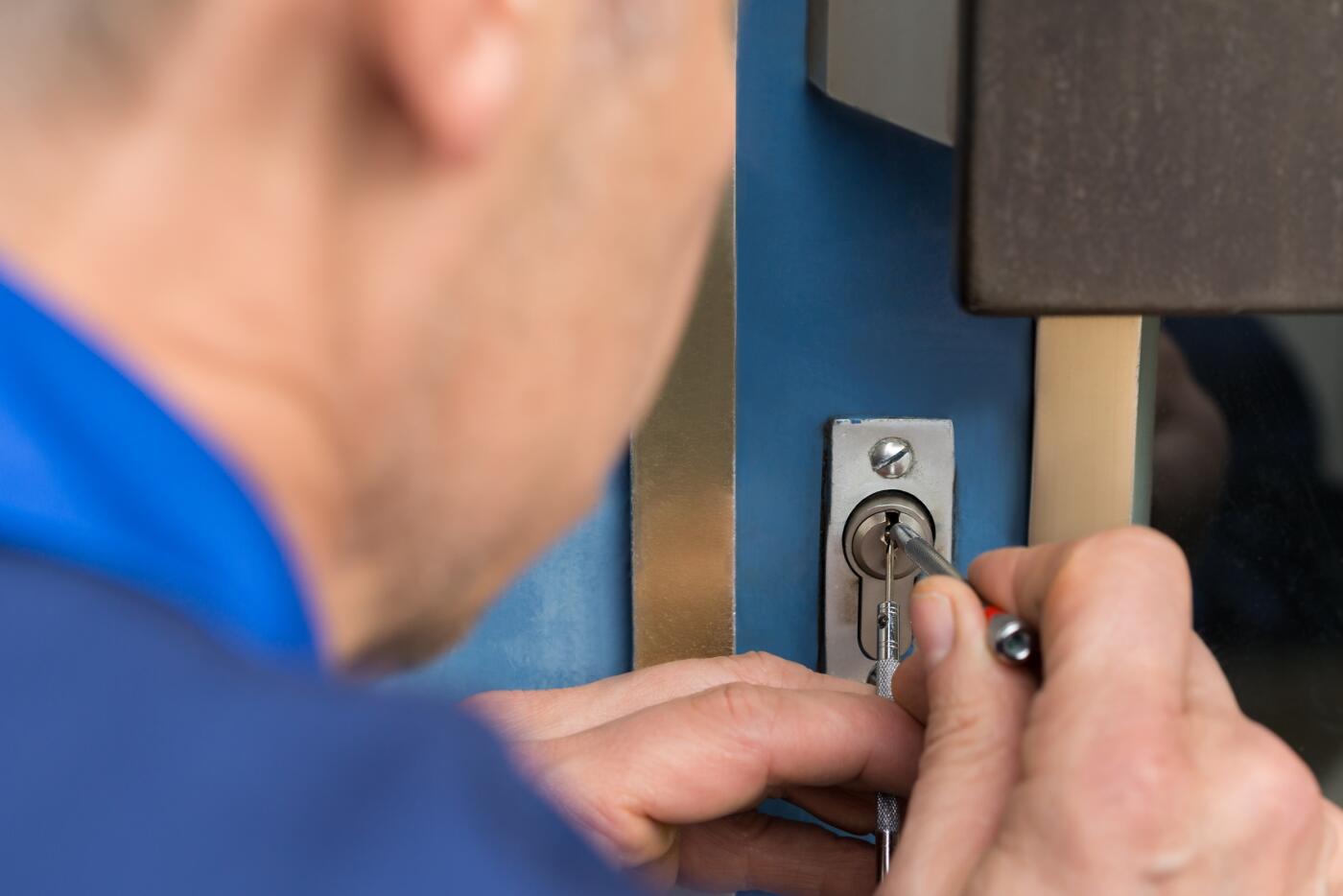
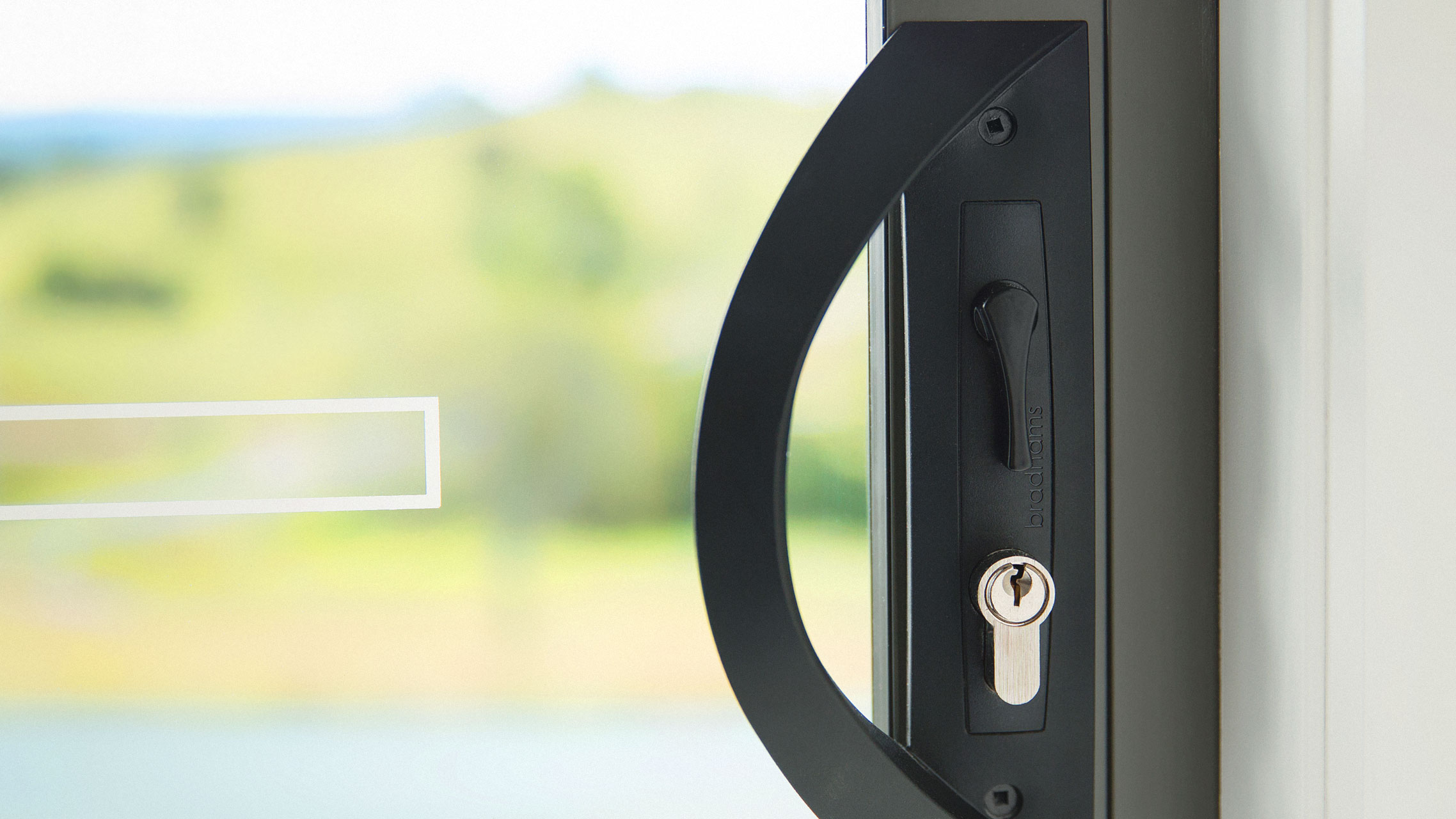
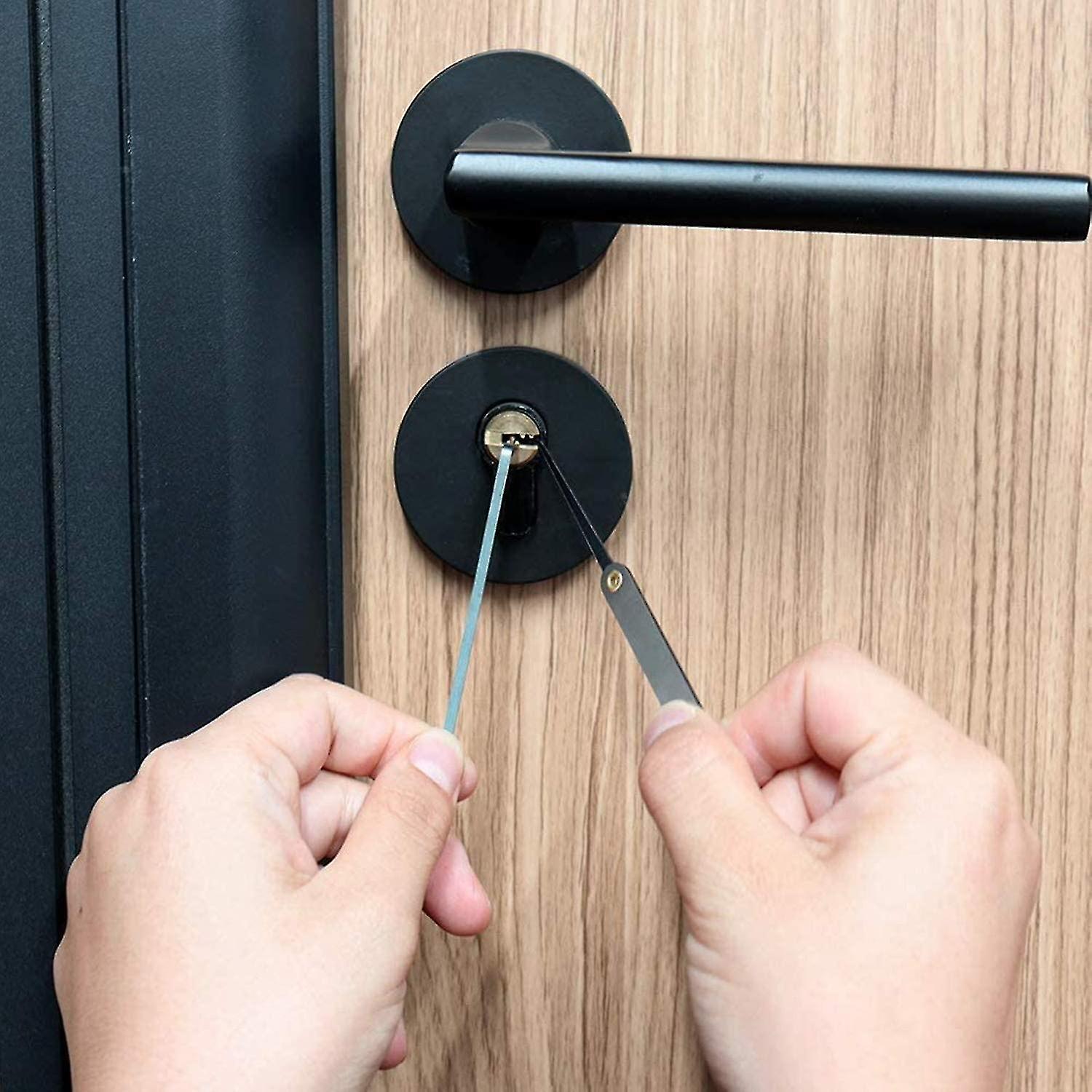
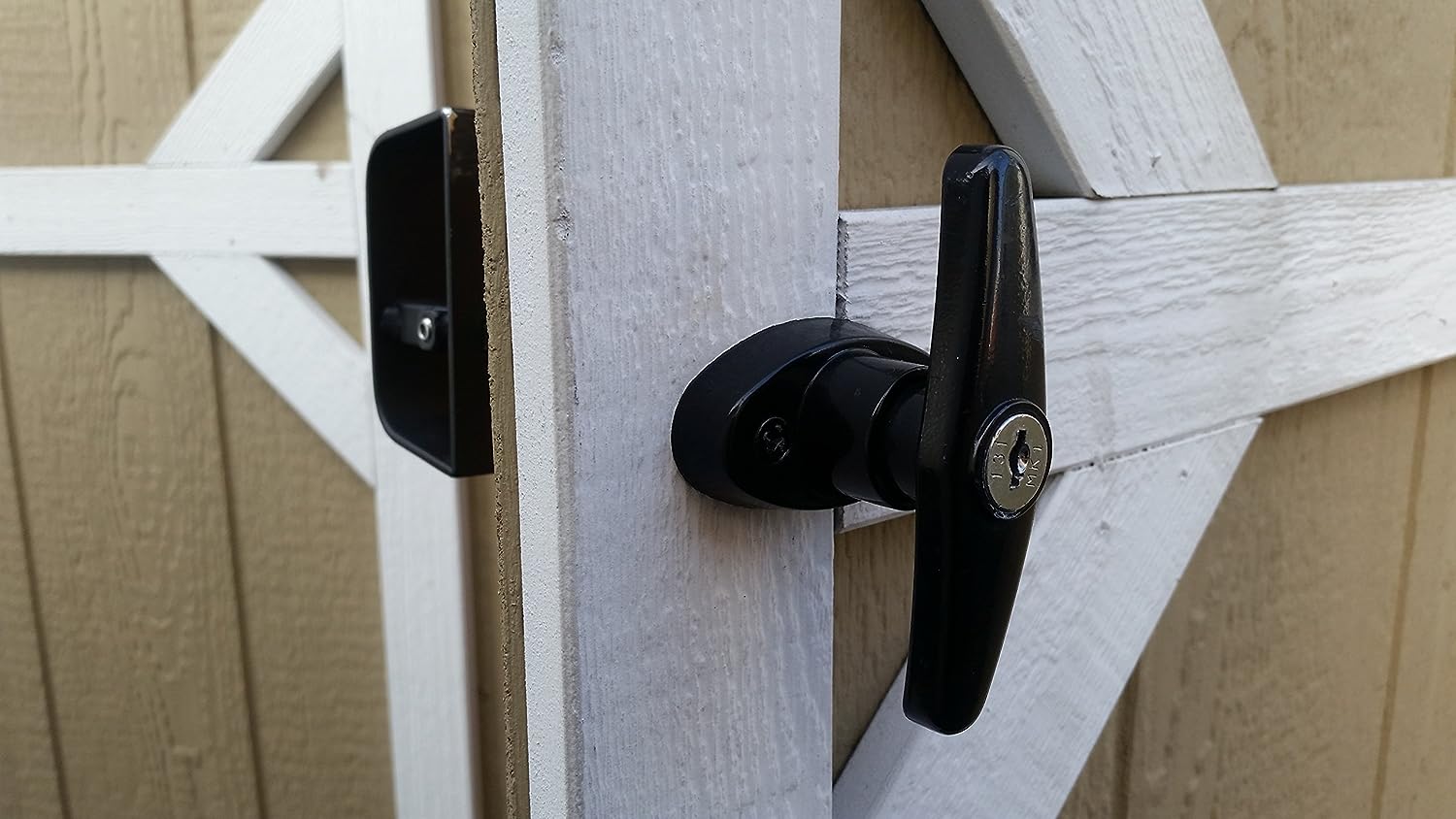
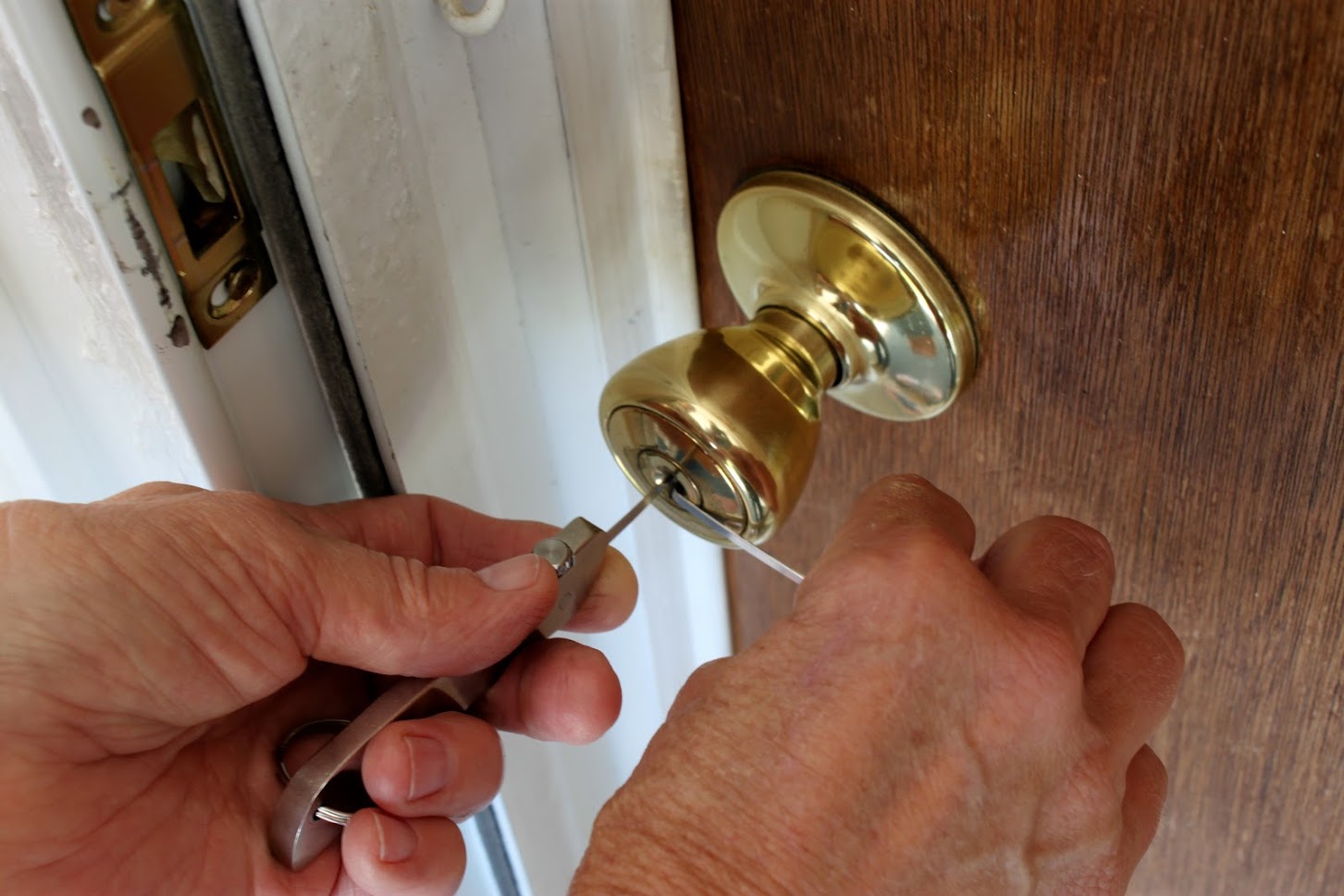
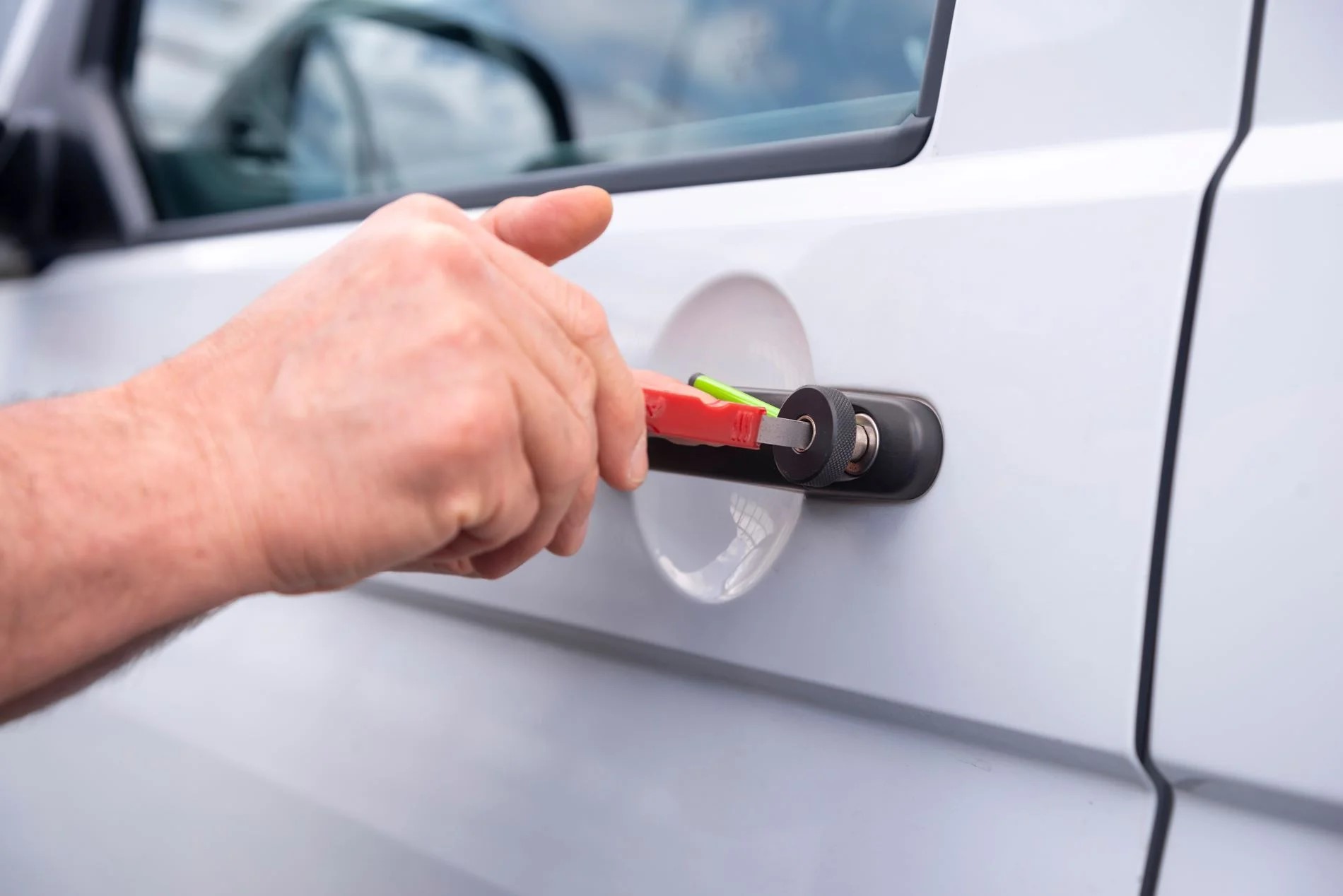
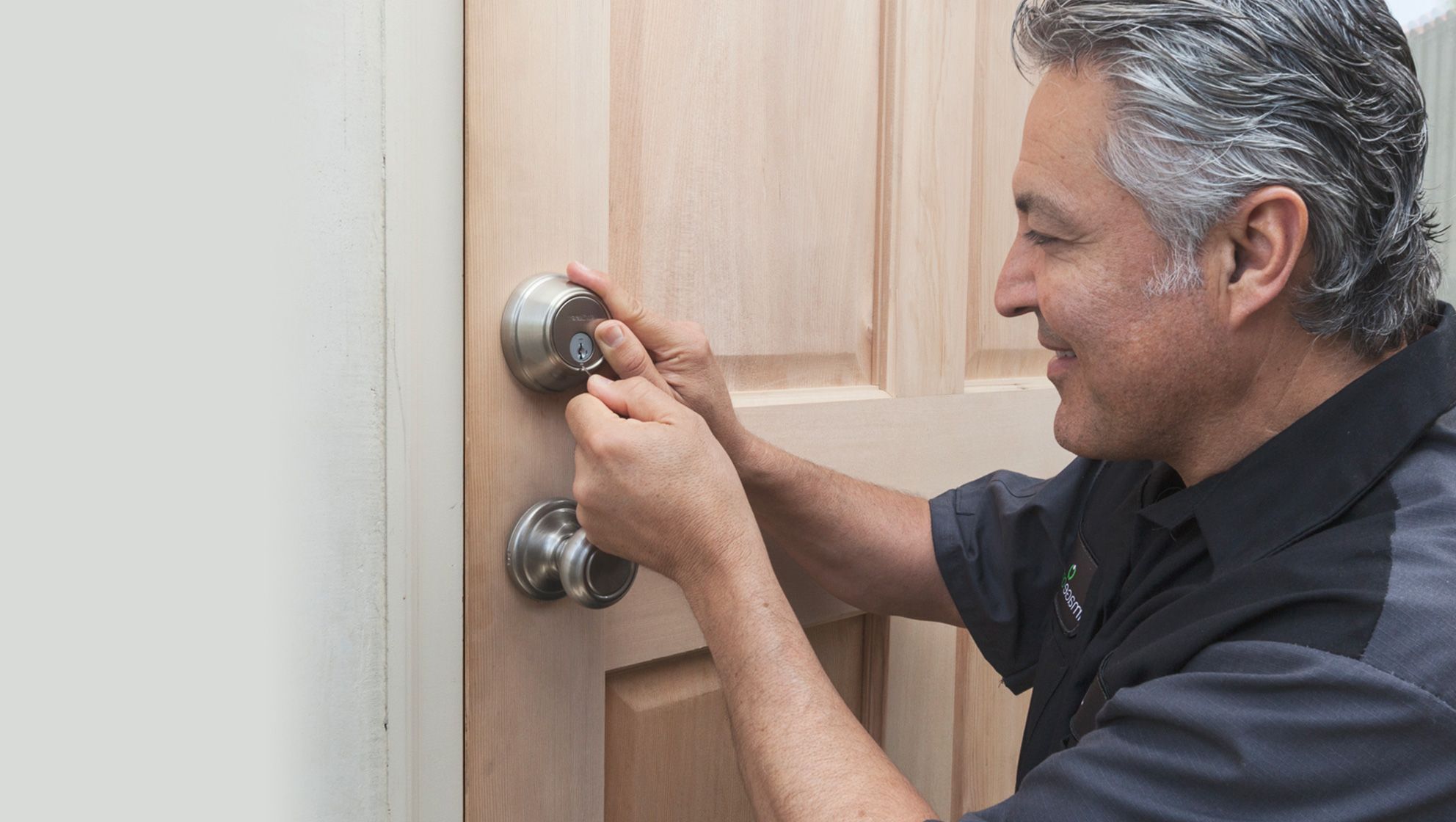
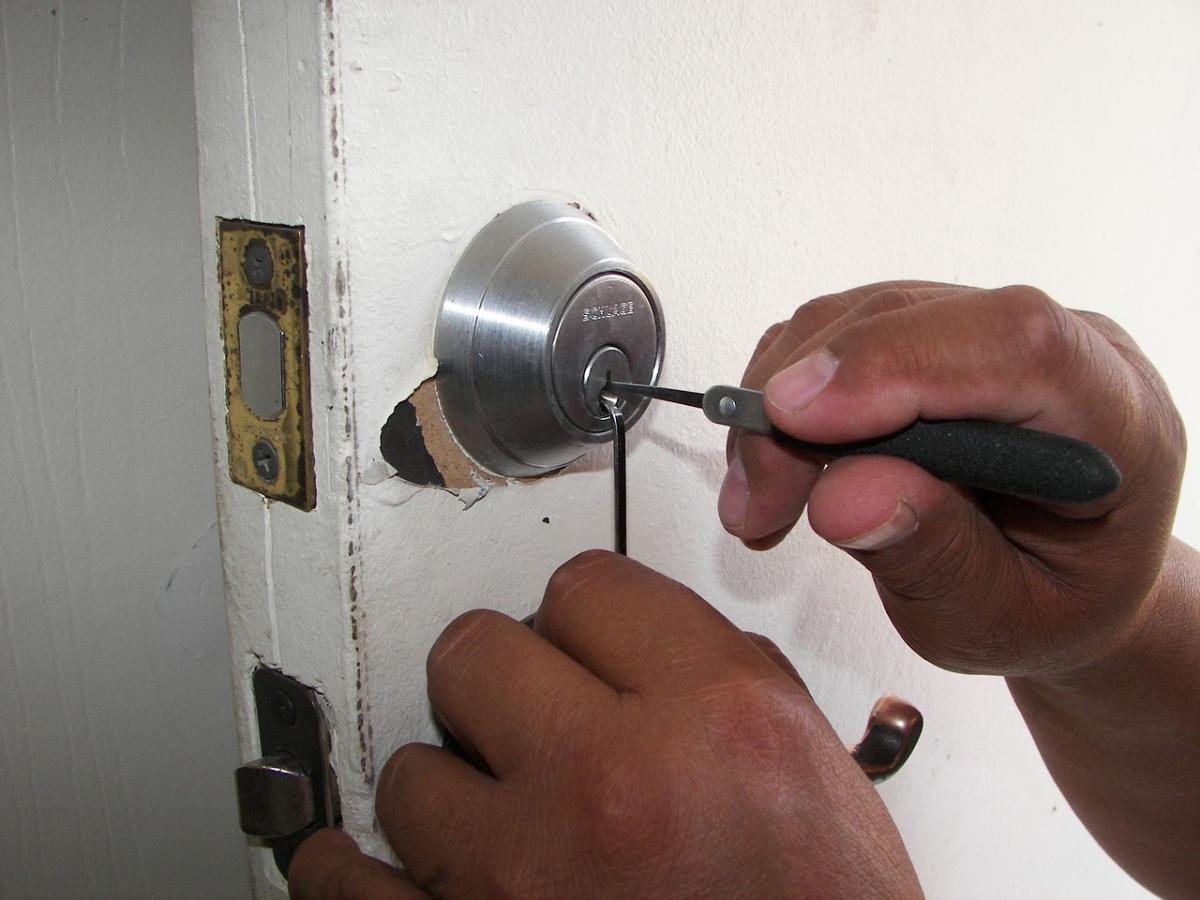
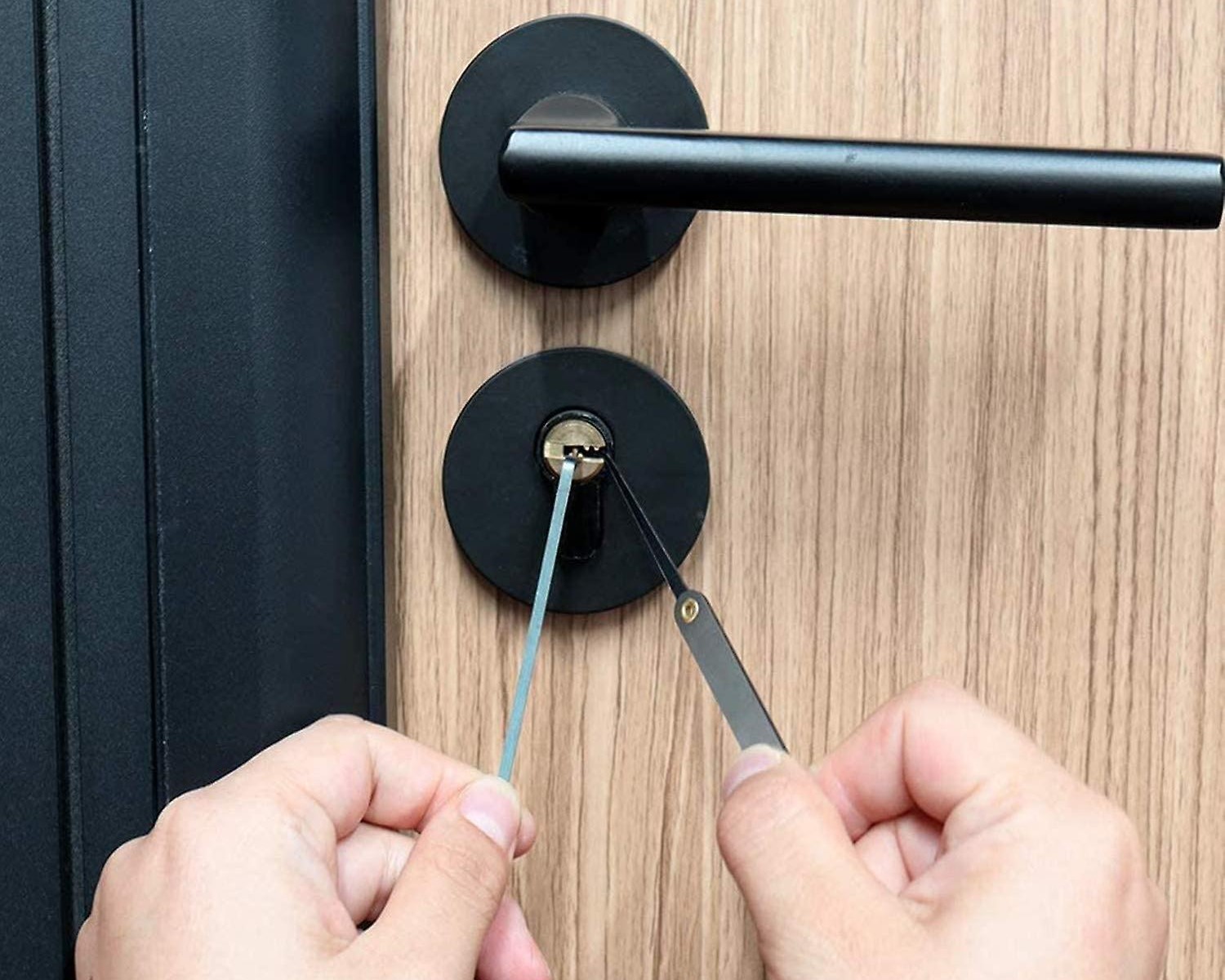

0 thoughts on “How To Pick Old Door Lock”